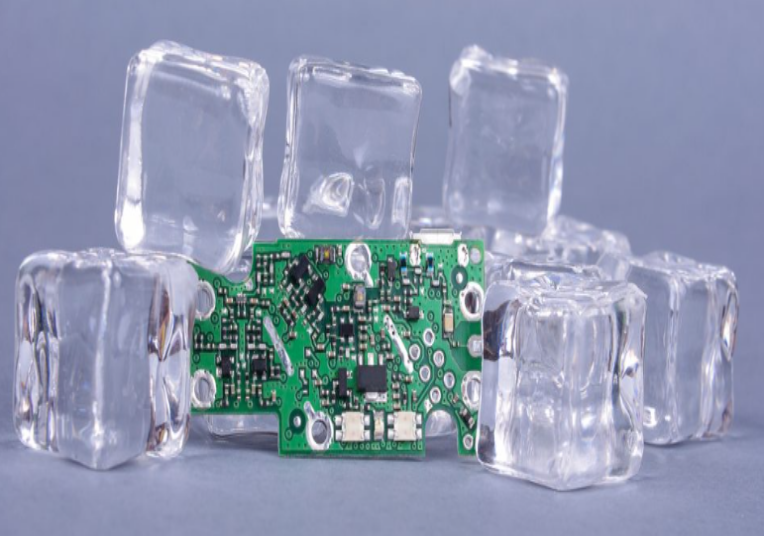OUTLINE:
Thermal Management in PCB Design
 405
405With the increasing demand for high-power electronic devices, thermal management has become a critical aspect of PCB design.
Failure to manage the heat generated by high-power components can result in decreased performance, reduced lifespan, and even complete failure of the board. Proper selection of cooling methods, materials, and PCB layout can mitigate the risks of excess heat and ensure optimal performance and longevity of the board. In this article, we will discuss the various aspects of thermal management in PCB design, including cooling methods, material selection, and PCB layout guidelines to ensure optimal performance and longevity of the board.
The board's maximum operating temperature and power consumption of each component should be considered before initiating the design process. Passive and active cooling are the two main categories for PCB cooling methods, with the selection of the method depending on the delta temperature between the PCB board and the environment where the board will operate. Copper areas located under the device can be used for passive cooling of power components, and thermal paste can be applied to a heatsink to boost the heat transfer to the radiator. In some cases, an active cooling system may be necessary, such as a fan, for components with higher current demand.
Besides active and passive cooling methods, properly selecting specific materials for the PCB layers and substrates is crucial for achieving excellent thermal management performance. FR-4, the most popular material for conventional PCB substrates, has very low thermal conductivity, while aluminum or metal core PCBs (MCPCBs) may be considered for applications that utilize high-power components like MOSFETs or power LEDs. Designers can regulate heat dispersion while defining the PCB layout by adhering to a few essential criteria, such as installing temperature-sensitive equipment in places with the lowest temperatures, placing the coolest components upstream of a cooling fan if one is present, and locating high-power components close to the center of the board.
To effectively transfer heat away from hot components, thermal vias should be positioned beneath those with high or highly variable operating temperatures. Strong, unbroken ground planes offer improved thermal performance and are crucial to any design. Finally, the management of PCB thermal is critically dependent on pad shape, with the top copper layer of the pad being where heat is dispersed.
It's crucial to ensure proper ventilation, component mounting, and material selection to prevent overheating and ensure the longevity and optimal performance of the PCB.


Disclaimer: The views and opinions expressed by individual authors or forum participants on this website do not represent the views and opinions of Chipsmall, nor do they represent Chipsmall's official policy.

share this blog to:

